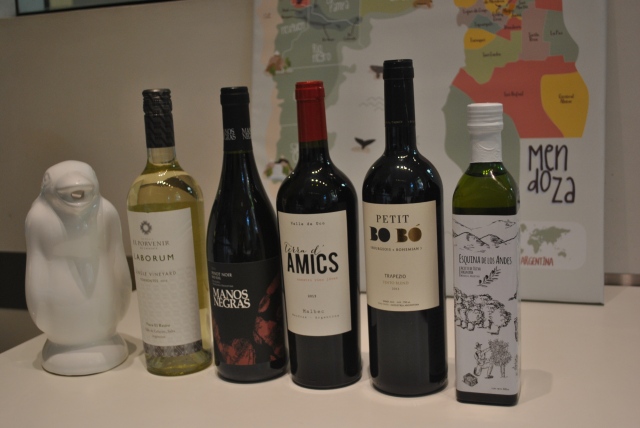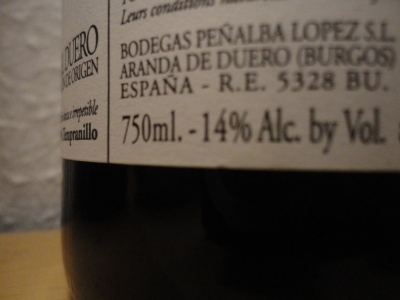When I visit a new country, I love to learn about the history, get a feel for the culture and really understand what makes that country the way it is. Apart from museums and bus tours, a great why to understand a culture is to see how they eat and drink ( and then copy whatever the locals do!).
I was lucky enough to visit Buenos Aires last week. A destination I have always wanted to go to. Tango, Football, Steaks, Malbec – what’s not to love? During my time there I visited Wine Discovery – Buenos Aires, A brand new company offering wine tastings from a stylish boutique hotel in the neighbourhood of Palermo, Buenos Aires.
We tried 4 wines, all from small, boutique producers, each one came with a small regional tapas. Oh, and we event tried an extra virgin olive oil from the wine region of Mendoza.

The line up (and a Penguin) @ Wine Discovery Buenos Aires
Have you heard of Torrontes? No, it’s not a city in Canada! It’s a super aromatic and floral white wine, best found in the north west region of Salta. Salta? Torrontes? These words don’t mean anything to you? Don’t worry, it all gets explained during the Wine Tasting.
During the Wine Tastings I Learnt about t why the Argies eat so much meat, how Malbec arrived in the country and why Mendoza is such an important wine region.
I highly recommend going to Wine Discovery – Buenos Aires if you want to taste some super wines and also learn about argentina and it’s food and drink traditions.
Visit their website at – www.winediscoveryba.com
or link them on Facebook – www.facebook.com/winediscoveryba




